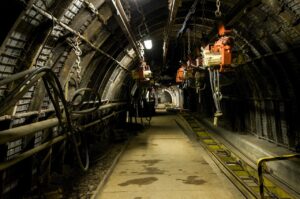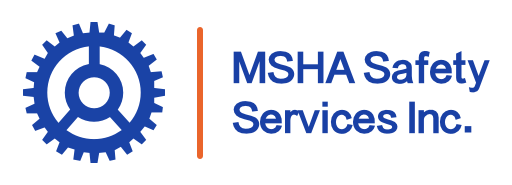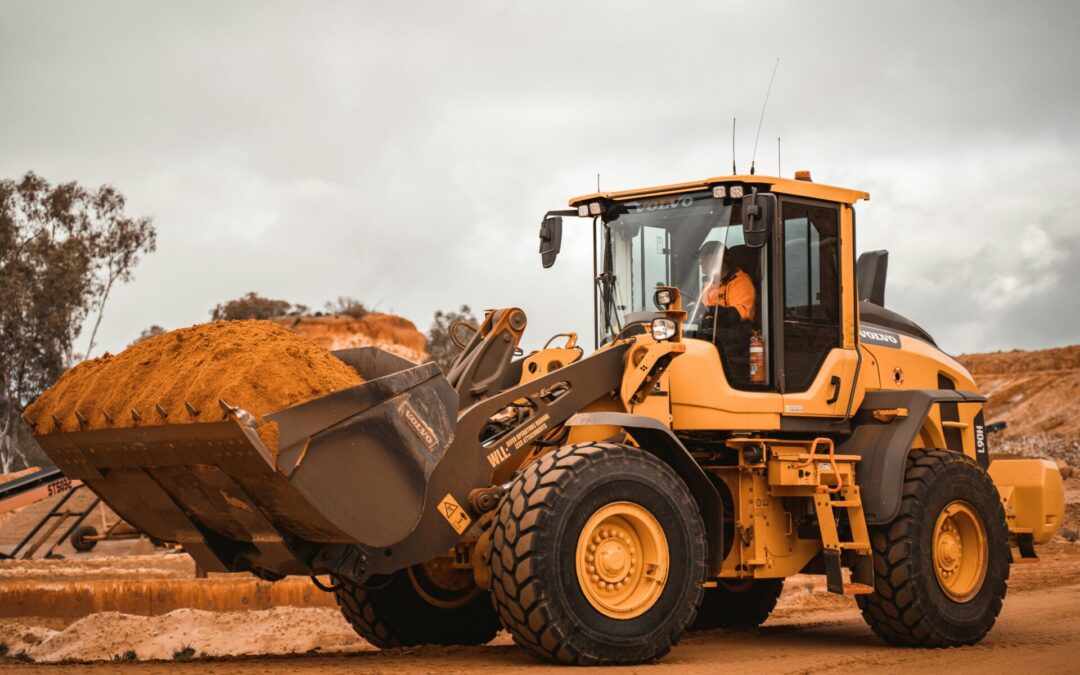Mining is considered one of the most challenging and hazardous industries, so safety is a top concern for everyone involved. Whether you manage a small mine site or are part of a larger operation, understanding the importance of quality MSHA training is crucial for protecting both employees and the business itself.
The Mine Safety and Health Administration (MSHA), sets forth stringent regulations to ensure the safety of all mining operations across the U.S. In this article, we will delve into the fundamentals of MSHA training, why it’s needed, and how to ensure you’re in compliance with necessary regulations.
What is MSHA Mining Certification?
Mining certification is more than just a requirement—it’s a commitment to safety. MSHA certifications are designed to educate workers on the specific dangers they may face in the mining environment and how to mitigate these risks. The regulations cover everything from emergency procedures to daily safety protocols. By ensuring that all employees are MSHA certified, you protect your workforce and contribute to a safer industry overall.
Mine Safety Training—Why Do You Need It?
Mine safety training is not just a regulatory obligation, but also a key element of a successful mining operation. As you can imagine, the potential consequences of inadequate training are severe, ranging from potential fatalities to significant financial penalties.
Mine safety training equates to better safety and more efficiency. A single mistake can lead to incidents that may slow down or even halt operations temporarily. Investing in quality MSHA training that is engaging helps your team actually retain what they learn, minimizing these risks and keeping your operations running smoothly. Plus, proper training empowers employees with the knowledge they need to work safely.
Who Needs MSHA Certifications?
Not everyone in the mining industry requires the same level of certification, but MSHA certifications are mandatory for all mining personnel, including mine operators, supervisors, and contractors. New employees, in particular, must be thoroughly trained to ensure they understand the unique dangers they might encounter. Even seasoned employees need ongoing training, as mine safety practices are regularly updated to reflect the latest industry standards and regulations. Whether you’re onboarding new staff or ensuring your team stays up-to-date, MSHA certifications are required for anyone who works on or around mining sites and equipment.
How Do I Get MSHA Certified?
To get MSHA certified, you need to complete an MSHA-approved training program specific to your role in the mining industry. This involves both classroom instruction and practical exercises that cover essential topics such as mine safety protocols, hazard recognition, and emergency response. The type of certification you need—whether it’s New Miner Training, Annual Refresher, Task Training, or Supervisor and Foreman Certification—will determine the exact curriculum and duration of the course. Once you’ve successfully completed the training and passed any required assessments, you’ll receive your MSHA certification, which must be kept up to date with periodic refresher courses.

If you’re considering internal training by a coworker, it’s important to note that this might not be comprehensive enough to cover all regulations. Alternatively, hiring a consultant or third-party training service, like MSHA Safety Services, ensures that your team receives thorough, up-to-date instruction. This can be particularly beneficial for small teams that might lack a comprehensive understanding of the ever-changing regulations.
How Do I Know Which MSHA Safety Training I Need?
The specific MSHA safety training required for your team varies based on factors like type of mine and experience level of your employees. For instance, Part 46 and Part 48 are two distinct training requirements within MSHA regulations. Part 46 covers surface mining operations, while Part 48 applies to underground mining.
While someone in your company can conduct Part 46 training, Part 48 training is more restricted and requires an MSHA blue card holder. Given the complexity of these regulations, outsourcing Part 48 training to a qualified company might be the most effective way to ensure compliance.
Your employer or supervisor can also guide you on the required training based on your job duties, and MSHA provides guidelines to help ensure you’re meeting the necessary certification requirements.
MSHA Training: Essential for Everyone in the Mining Industry
Just as doctors take an oath to uphold the highest standards of patient care, miners must make the commitment to safety in the mining industry. Miners must put effort into understanding training material, successfully testing their knowledge, and then implement what they have learned.
The safety and well-being of everyone in the mining industry hinge on quality MSHA training. It’s not just about meeting regulatory requirements–it’s about safeguarding lives and livelihoods. Regularly assessing your training needs and ensuring your team receives top-notch training can prevent costly errors and protect your business from the severe consequences of non-compliance. Consider the unique needs of your operation, and don’t hesitate to reach out for more information or to schedule a consultation with MSHA Safety Services.

